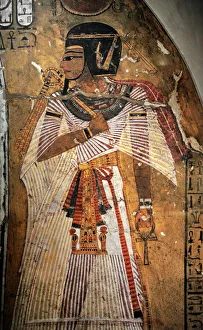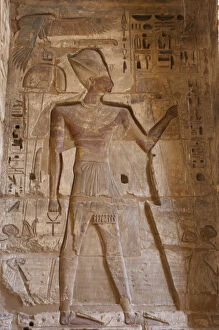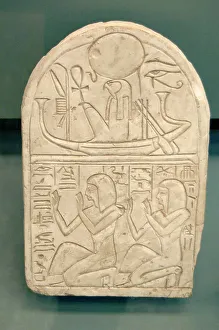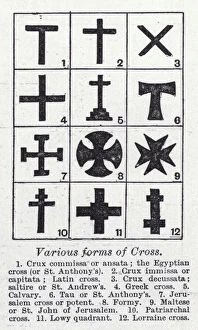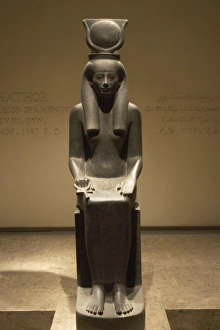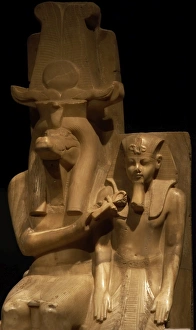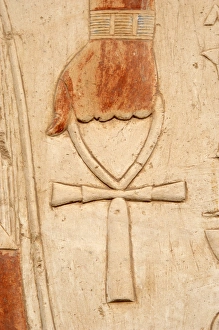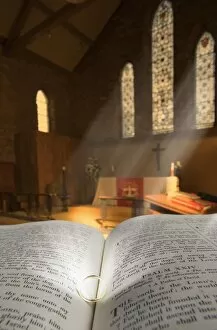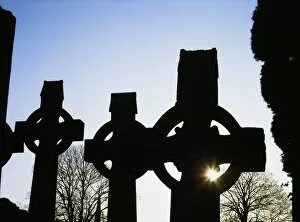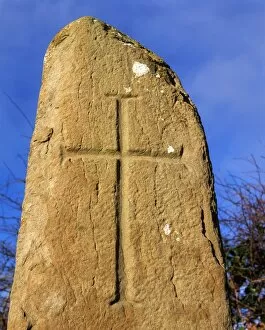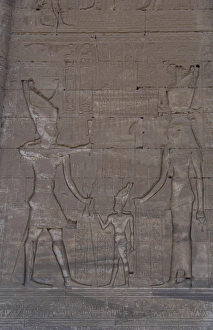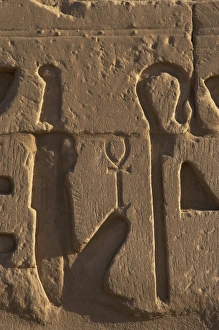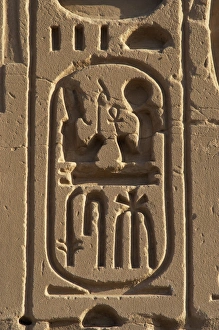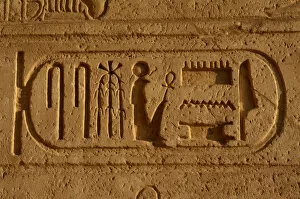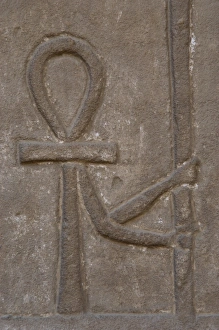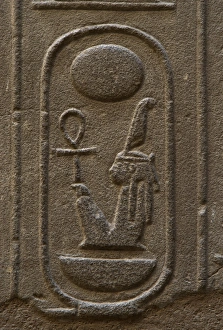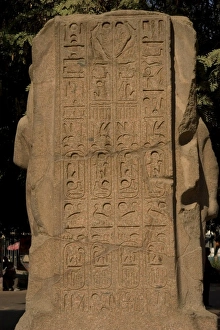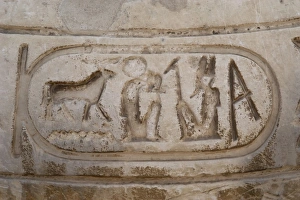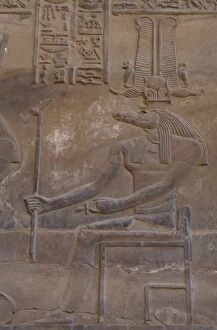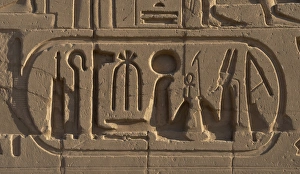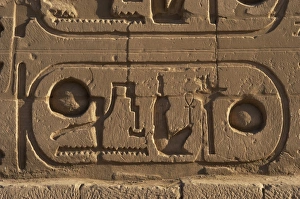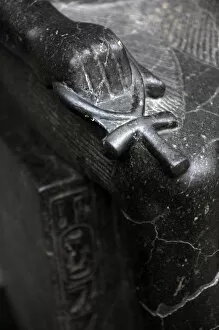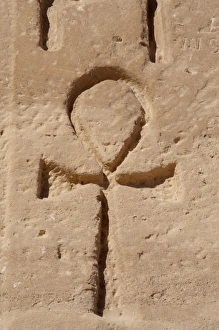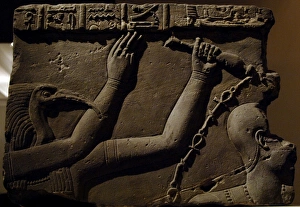Crux Collection
"Unveiling the Ancient Crux: A Journey through Egyptian Art and Symbolism" Step back in time to ancient Egypt, where the crux ansata, also known as the ankh
All Professionally Made to Order for Quick Shipping
"Unveiling the Ancient Crux: A Journey through Egyptian Art and Symbolism" Step back in time to ancient Egypt, where the crux ansata, also known as the ankh, held profound significance. From Pharaoh Amenhotep I to Cleopatra VII, this symbol adorned temples, statues, stelae, and coffins - a testament to its enduring power. In the Temple of Ramses III, we witness the majestic pharaoh Ramses III donning the Khepresh crown alongside the crux ansata. This emblem of life and eternity was intricately woven into every aspect of Egyptian culture. Hatshepsut's Osirian statue stands tall as a representation of rebirth and resurrection. The crux ansata rests in her hand like a key unlocking eternal life for all who behold it. The Nyankhre false door stela transports us further into history with its intricate carvings depicting offerings made to ensure everlasting existence. The presence of the ankh reminds us that life transcends death. Wennekhu's stela reveals his devotion to Maat - goddess of truth and justice - with her wings outstretched protectively over him. The crux ansata serves as a reminder that righteousness leads to immortality. The Naucratis decree from Herakleion-Thonis showcases how even legal documents were infused with symbolism. Here we find references to Hathor's divine influence represented by her iconic cow horns atop an ankh-shaped headdress. Amenhotep III immortalizes himself alongside Sobek in their grand statue. As they stand side by side holding ankhs, they embody both earthly power and spiritual vitality – two realms united through this sacred symbol. A relief depicting a hand grasping an ankh captivates our attention; it is believed that this gesture bestowed blessings upon those who beheld it – offering them protection on their journey through life and beyond.

